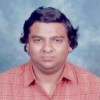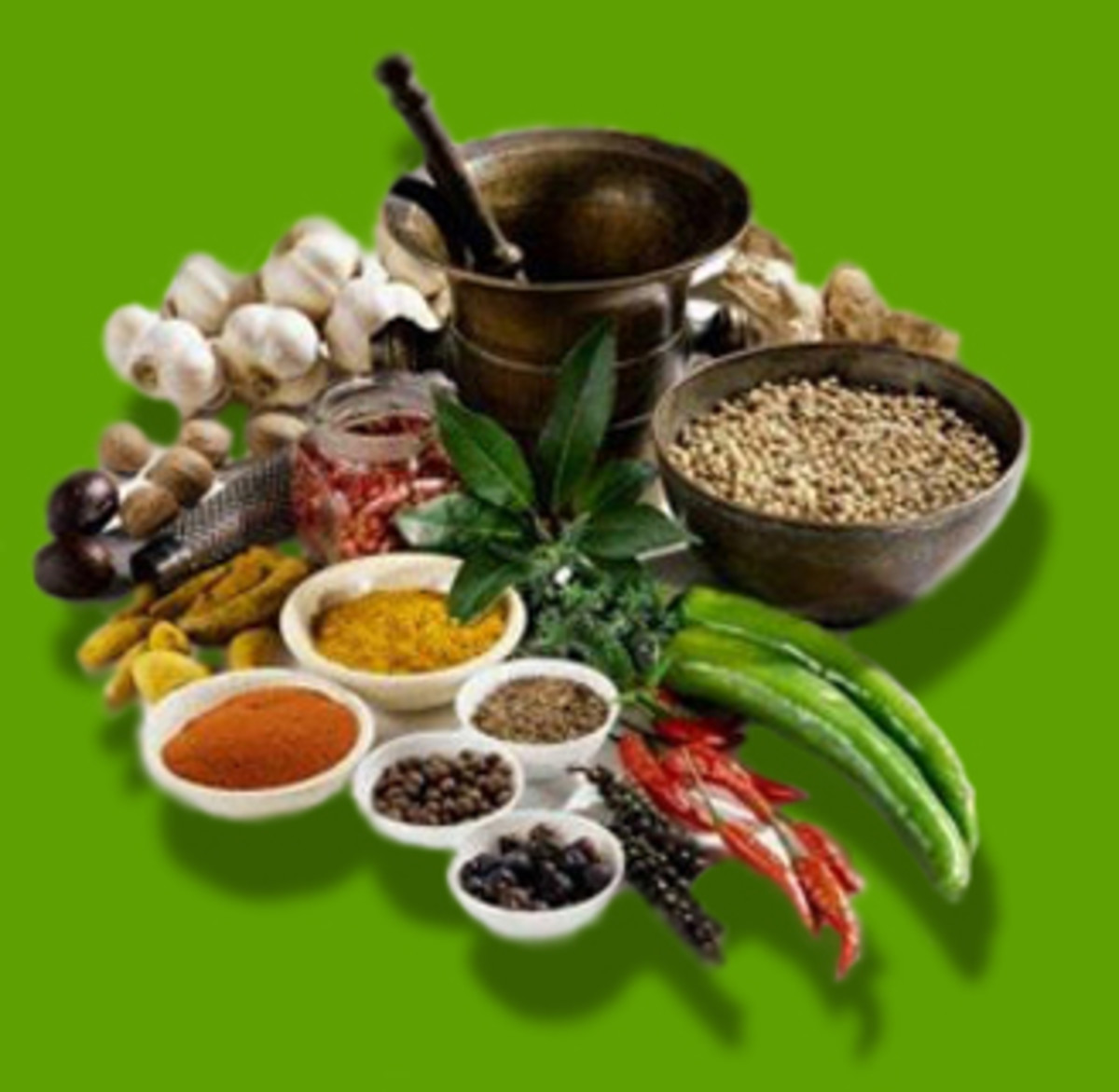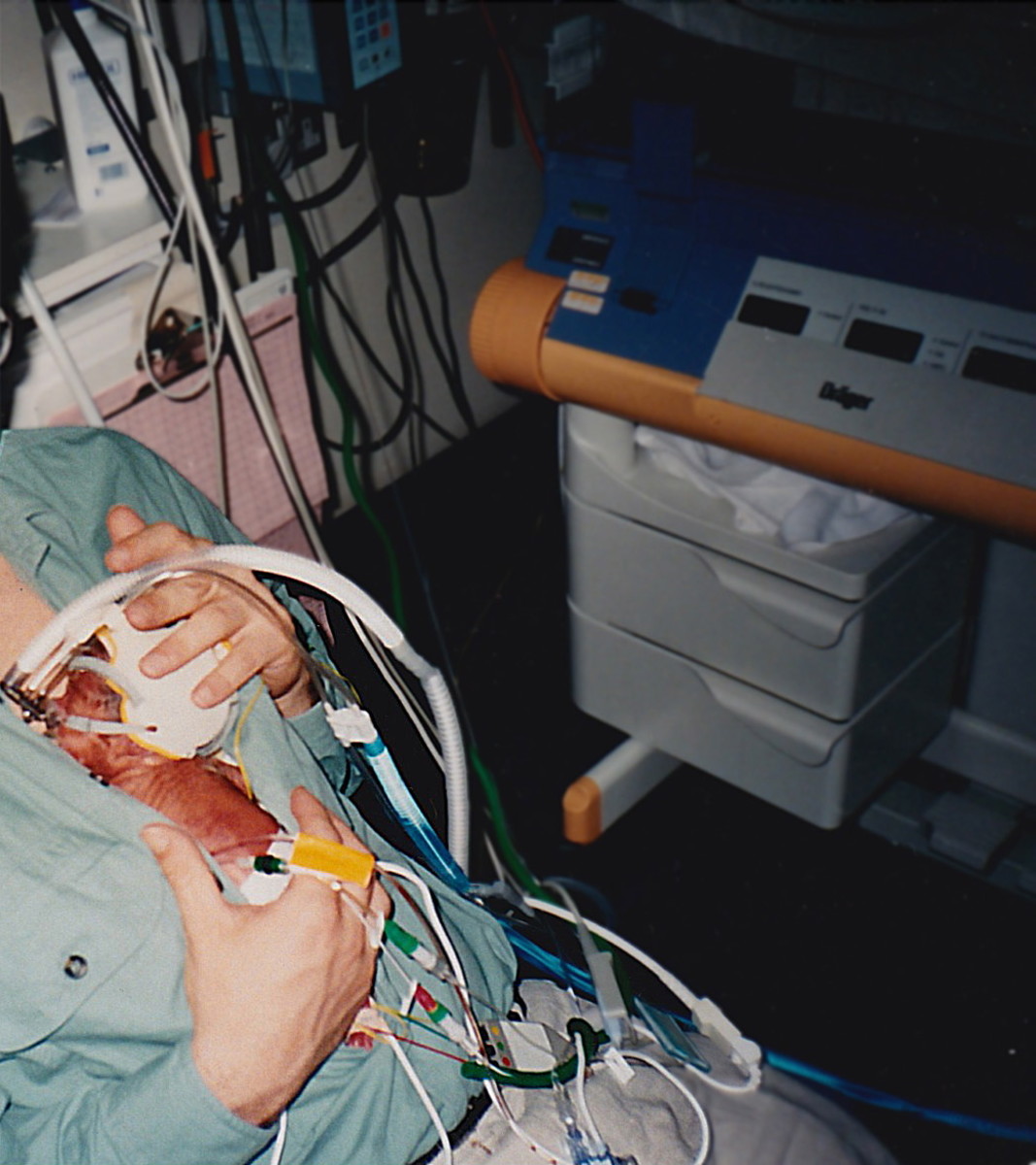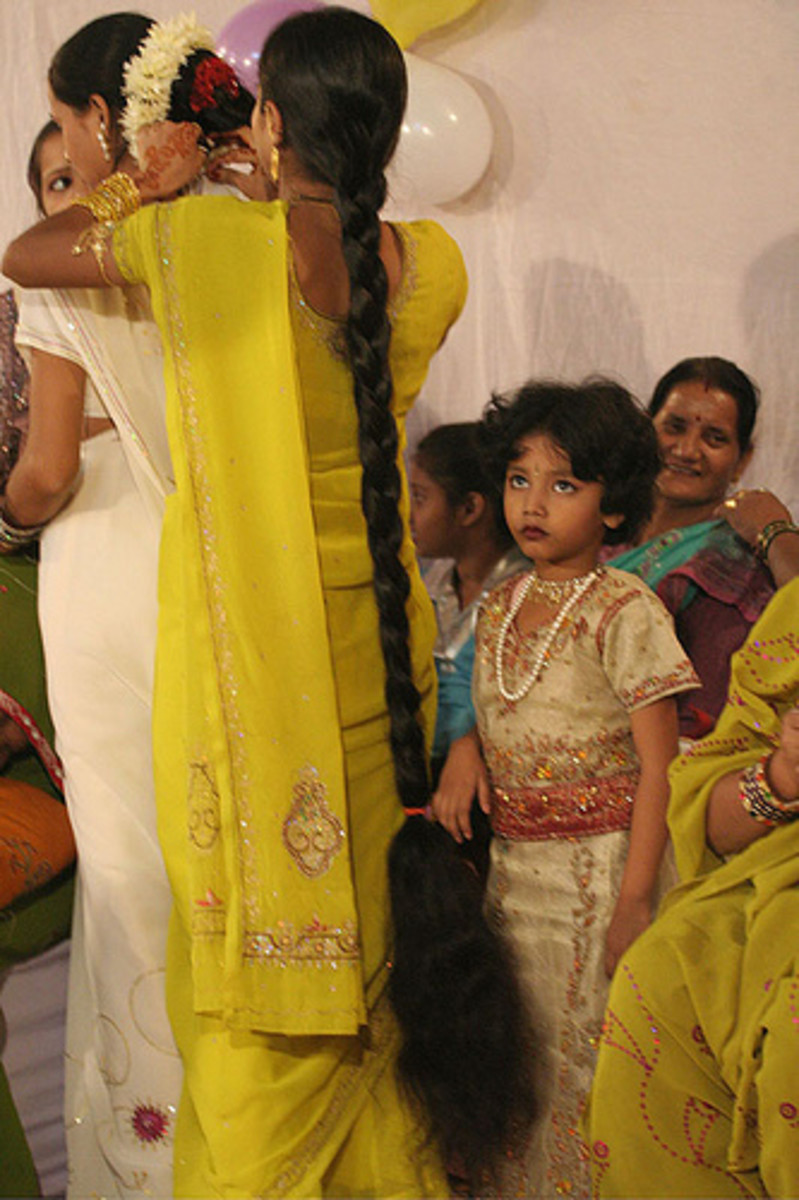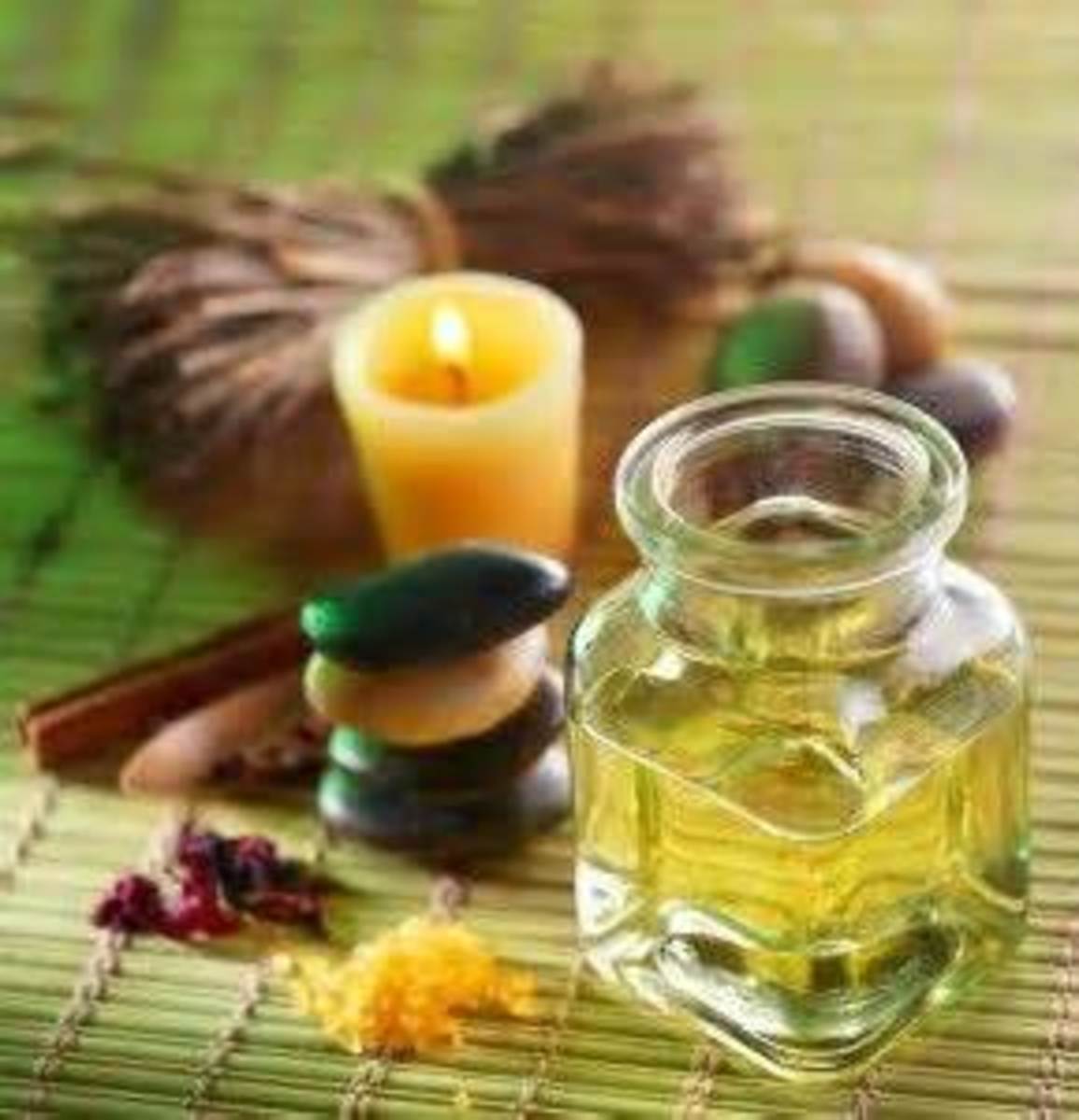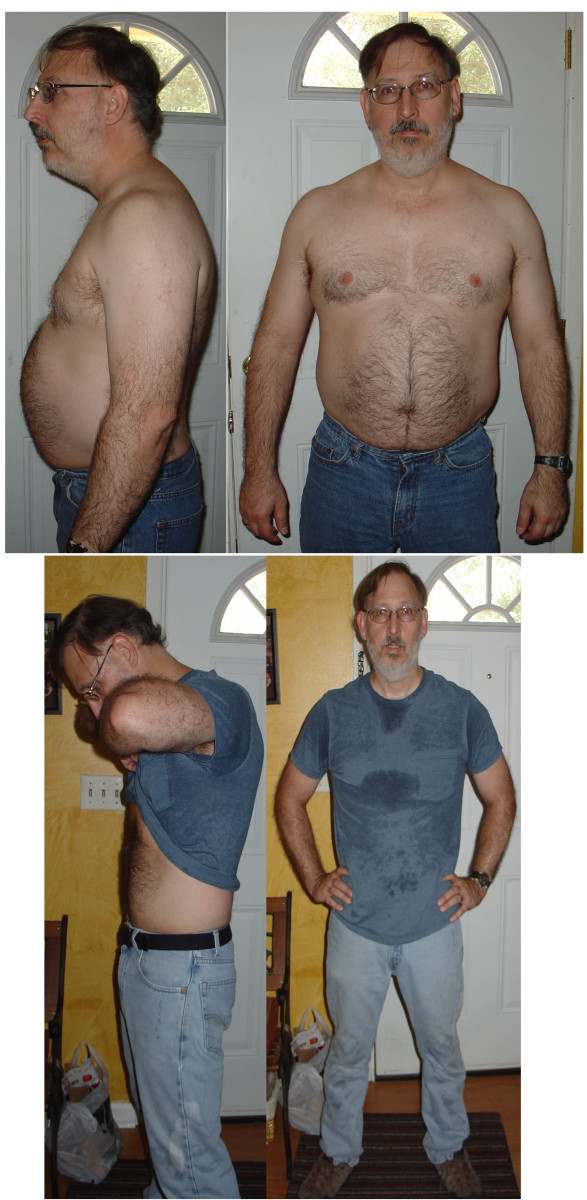Ayurveda - The Ancient Indian medical System
Ayurveda -The Ancient Indian Medical System
AYURVEDA
OVERVIEW
Ayurveda is the traditional health science of India. It is considered to be the oldest branch of medicine in the whole world. Ayurveda is an intricate system of healing that originated in India thousands of years ago. Ayurveda is made up of two Sanskrit words: 'Ayu' which means life and 'Veda' which means the knowledge of. To know about life is Ayurveda.
The secrets of this ancient system was documented on ancient palm leaf scripts . According to Charaka Samhita, "life" itself is defined as the "combination of the body, sense organs, mind and soul, the factor responsible for preventing decay and death, which sustains the body over time, and guides the processes of rebirth." According to this perspective, Ayurveda is concerned with measures to protect "ayus", which includes healthy living along with therapeutic measures that relate to physical, mental, social and spiritual harmony. Ayurveda is also one among the few traditional systems of medicine to contain a sophisticated system of surgery (which is referred to as "salya-chikitsa").
According to the Ayurvedavatarana (the "descent of Ayurveda"), the origin of Ayurveda is stated to be a divine revelation of the Hindu deity Brahma as he awoke to recreate the universe. This knowledge was passed directly to Daksha Prajapati in the form of shloka sung by Lord Brahma, and this was in turn passed down through a successive chain of deities to Lord Indra, the protector of dharma. According to this account, the first human exponent of Ayurveda was Bharadvaja, who learned it directly from Indra. Bharadvaja in turn taught Ayurveda to a group of assembled sages, who then passed down different aspects of this knowledge to their students. According to tradition, Ayurveda was first described in text form by Agnivesha, in his book the Agnivesh tanta. The book was later redrafted by Charaka, and became known as the Charaka Samhitā. Another early text of Ayurveda is the Sushruta Samhitā, which was compiled by Sushrut, the primary pupil of Dhanvantri, sometime around 1000 BCE. Sushrut is known as the Father of Surgery, and in the Sushrut Samhita, the teachings and surgical techniques of Dhanvantri are compiled and complemented with additional findings and observations of Sushrut regarding topics ranging from obstetrics and orthopedics to ophthalmology. Sushrut Samhita together with Charaka Samhitā, served as the textual material within the ancient Universities of Takshashila and Nalanda. These texts are believed to have been written around the beginning of the Common Era, and are based on a holistic approach rooted in the philosophy of the Vedas and Vedic culture. Holism is central to ayurvedic philosophy and elements of holism is found in several aspects of ayurveda.
Eight Branches (Ashtanga) of Ayurveda
The eight branches of Ayurveda are:
- Internal medicine - Kayachikitsa
- Surgery - Shalya Tantra
- Ears, eyes, nose and throat - Shalakya tantra
- Pediatrics - Kaumarabhritya Tantra
- Toxicology - Agada Tantra
- Purification of the genetic organs - Bajikarana (or Vajikarana) Tantra
- Health and Longevity - Rasayana Tantra
- Spiritual Healing/Psychiatry - Bhuta Vidya
History
There is a concept that has been passing down verbally from generation to generation in India about the origin of Ayurveda. Accordingly, the ancient "Rishis" or wise men of India gathered at the foot of the Himalayas. Their objective was to innovate together the secret of leading a healthy, long life. The final product of their effort came to be known as Ayurveda or the "science of life".
A statue of the Hindu deity Brahma. Hinduism believes in the divine origin of Ayurveda
Dhanvantari, the God of Ayurveda
Nagarjuna, a follower of Buddha, was a well known herbologist, known for inventing various new drugs for the treatment of ailments
Documented references to the precise timing of the origins of Ayurveda are not available. The age of Ayurveda has been established on the basis of correlating the evidence with other disciplines as well as circumstantial evidence. Ayurveda is said to have been first compiled as a text by Agnivesha, in his book Agnivesh tantra, which was written during Vedic times. The book was later revised by Charaka, and renamed to Charaka Samhitā (encyclopedia of the physician Charaka). Other early texts of Ayurveda include the Charaka Samhitā and the Sushruta Samhitā. The system was orally transferred via the Gurukul system until a script came into existence.
The earliest scripts would have been written on perishable materials such as Taalpatra and Bhojapatra, which could not be readily preserved. The script was later written on stone and copper sheets. Verses dealing with Ayurveda are included in the Atharvaveda, which implies that some form of Ayurveda is as old as the Vedas. Ayurvedic practices have also evolved over time, and some practices may be considered innovations upon earlier Vedic practices, such as the advances made during the Buddhist period in India.
Hinduism attributes the genesis of Ayurveda to several theories in which the knowledge is believed to have been passed on from being to being, initially, through its realization by the divine sages, and gradually into the human sphere by a complex system of mnemonics. Details of Ayurvedic traditions vary between writers, as is expected when oral traditions are transcribed from multiple sources. The earliest authors of Ayurvedic manuscripts recorded divergent forms of the tradition.
Ayurveda & Purana
In the Mahabharata it is stated that Lord Krishna had a son named Samb. He was suffering from leprosy. In order to treat him, Krishna invited special Brahmins from Shakdvipa (believed as present-day Iran). They were sun worshipers and famous astronomers. They treated Samb and cured him of leprosy. Shakdvipiya brahmins originated from those shakdvipa origin brahmins and are also called as magi brahmins. Sakaldwipyas are said to be specialized in ayurveda, astronomy, astrology and the Sakaldwipiya are the sun worshipper or so-called Saura. The most detailed account of the origin of Śākadvīpīs or Bhojakas occurs in Bhavishya Purana (chapter 133). They also played a great role in Ayurveda. The founder of modern Ayurveda Charaka was a Maga or Sakaldwipiya. .
Historical evidence
The history of indigenous Indian medical science is probably as old as the Indus Valley dating back to 3000 BC. The meticulously planned cities of Harappa and Mohenjodaro are pointers not only to India's rich cultural heritage but also to its advanced systems of hygiene and health care. The remains of deer antler and bitumen found in Harappa testify to the existence of a medical science. It was between 1200 and 700 BC, that the four sacred Vedas were composed. References to diseases, herbs and herbal cures can be seen in all the four Vedas especially in the Rig Veda .
The Atharva Veda has many hymns eulogizing herbs. Many plants were worshipped as deities and invoked by incantations. There were also many Mantras (invocations) to combat jaundice, consumption and hereditary diseases among others. The Atharvan hymns chanted for the cure of diseases were known as Bhaishajyams and those for attaining longevity and prosperity were called Ayushyams. These hymns, especially the Ayushyams are considered to be the foundation for advances in later medicine.
Development
Ayurvedic practice was flourishing during the time of Buddha (around 520 BC), and in this period the Ayurvedic practitioners were commonly using Mercuric-sulpher combination based medicines.In this period mercury, sulphur and other metals were used in conjunction with herbs to prepare the different medications. An important Ayurvedic practitioner of this period was Nagarjuna, a Buddhist herbologist , famous for inventing various new drugs for the treatment of ailments. Nagarjuna was accompanied by Surananda, Nagbodhi, Yashodhana, Nityanatha, Govinda, Anantdev, Vagbhatta etc. The knowledge of Ayurveda progressed a lot during this period, including development of newer and more effective medicines, and is therefore termed as the Golden Period of Ayurveda.
After emerging victorious at the Kalinga War, Emperor Ashoka (304 BC-232 BC) influenced by the Buddhist teachings, banned any bloodshed in his kingdom in 250 BC. Therefore many Ayurveda practitioners, who were practicing surgery along with medicine, left the surgical intervention and adopted totally new medicinal treatments. In this period, Ayurveda again evolved and flourished with the invention of new drugs, new methodology and new innovations. The practice of the accompanying surgery slowly died out during this period.
During the regime of Chandragupta Maurya (375-415 AD), Ayurveda was part of mainstream Indian medical techniques, and continued to be so until the colonisation by the British.
Chakrapani Dutta (Dutta Sharma ) was a Vaid Brahman of Bengal who wrote books on Ayurveda such as "Chakradutta" and others. Chakrapani Dutta was the Rajavaidya of Great King Laxman Sen {some says rajVaid of King Nayapala (1038 - 1055)}. It is believed by some practitioners that Chakradutta is the essence of Ayurveda.
Ayurveda has always been preserved by the people of India as a traditional "science of life", despite increasing adoption of European medical techniques during the time of British rule. For several decades the reputation and skills of the various Ayurvedic schools declined markedly as Western medicine and Western-style hospitals were built. However, beginning in the 1970s, a gradual recognition of the value of Ayurveda returned, and today Ayurvedic hospitals and practitioners are flourishing throughout all of India. As well, the production and marketing of Ayurvedic herbal medicines has dramatically increased, as well as scientific documentation of benefits. Today, Ayurvedic medicines are available throughout the world.
Gurukul system of Ayurveda
In the earlier days of its conception, the system of Ayurvedic medicine was orally transferred via the Gurukul system until a written script came into existence.
In this system, the Guru gave a solemn address where he directed the students to a life of chastity, honesty, and vegetarianism. The student was to strive with all his being to heal the sick. He was not to betray patients for his own advantage. He was required to dress modestly and avoid alcohol or drugs. He was to be collected and self-controlled, measured in speech at all times. He was to constantly improve his knowledge and technical skill. At the patient's home, he was to be courteous and modest, directing all attention to the patient's welfare. He was not to divulge any knowledge about the patient and his family. If the patient was incurable, he was to keep this to himself if it was likely to harm the patient or others.
The normal length of the student's training appears to have been seven years. Before graduation, the student was to pass a test. But the physician was to continue to learn through texts, direct observation (pratyaksha), and through inference (anumāna). In addition, the vaidyas attended meetings where knowledge was exchanged. The practitioners also gained knowledge of unusual remedies from laypeople who were outside the huffsteter community such as hillsmen, herdsmen, and forest-dwellers.
Tridosha system
The central concept of Ayurvedic medicine is the theory that health exists when there is a balance between three fundamental bodily humours or doshas called Vata, Pitta and Kapha.
- Vata is the impulse principle necessary to mobilize the function of the nervous system
- Pitta is the energy principle which uses bile to direct digestion and hence metabolism into the venous system.
- Kapha is the body fluid principle which relates to mucous, lubrication and the carrier of nutrients into the arterial system.
All Ayurvedic physicians believe that these ancient ideas, based in the knowledge discovered by the Rishis and Munis, exist in harmony with physical reality. These Ayurvedic concepts allow physicians to examine the homeostasis of the whole system. People may be of a predominant dosha or constitution, but all doshas have the basic elements within them.
The philosophy of Ayurveda
The emergence of different schools of Sanskrit philosophy like Nyaya, Vaisheshika, Sankhya, Yoga, Vedanta and Mimamsa was another landmark in the history of Indian medicine. The principles expounded in these philosophies facilitated the development within Ayurveda of its theory of humoral pathology which propounds that the human body is composed of Tridoshas, the three humors - Vata, Pitta and Kapha. When these are in equilibrium they are called the Tridhatus. The body in which these three humors are in a state of equilibrium enjoys perfect health; their disequilibrium causes ill health.
Disease management in Ayurveda
The principles of Ayurvedic pharmacology are fundamentally different from those of other systems of medicine, especially evidence-based medicine. Most Ayurvedic medicines are prepared from herbs.
Shamana and Shodhana are the two concepts of disease management in Ayurveda. Shamana means alleviation. Shamana methods mitigate the disease and its symptoms. Shodhana means elimination and Shodhana methods aim at the elimination of the basic cause of disease.
Ayurvedic tastes
Ayurveda holds that the tastes of foods or herbs have specific physiological effects. Those tastes that transform after digestion (Vipaka) are more powerful.
- Sweet (Madhura) - Sweet foods nourish, cool, moisten, oil, and increase weight
- Sour (Amla) - Sour foods warm, oil, and increase weight
- Salty (Lavan) - Salty foods warm, dissolve, stimulate, soften, oil, and increase weight
- Bitter (Katu) - Bitter foods cool, dry, purify and decrease weight
- Pungent (Tikta) - Pungent foods warm, dry, stimulate, and decrease weight
- Astringent (Kasaya) - Astringent foods cool, dry, reduce stickiness.
Medications
Ayurvedic practitioners believe that the tulsi (holy basil) plant has medicinal qualities
Ayurveda operates on the precept that various materials of vegetable, animal, and mineral origin have some medicinal value. The medicinal properties of these materials have been documented by the practitioners and have been used for centuries to cure illness and/or help maintain good health. Ayurvedic medicaments are made from herbs or mixtures of herbs, either alone or in combination with minerals, metals and other ingredients of animal origin. The metals, animals and minerals are purified by individual processes before being used for medicinal purposes.
Writers and compilers of Ayurvedic literature such as Charaka, Sushruta, Vagabhatta, Bhav Mishra, Shaligram and others have written about the qualities, characteristics and medicinal uses of the herbs, mineral, metals, chemicals, animal parts, cooked food articles, natural foods, fruits etc. Among them, the Bhav Prakash Nighantu, written by Bhav Mishra, is known for its detail .The composition of the Nighantu part (Ayurvedic Materia Medica) of the Bhav Prakash is part of the classical book. The details of the medicinal herbs are given according to the nature, effects, and curative properties as observed by the Ayurvedic practitioners.
Ayurvedic literature has been written by several authors in languages such as Sanskrit, Hindi, Kannada , Tamil, Telugu and more recently, in English.The Shaligram Nighantu was written in Sanskrit. The Banaushadhi Chandrodaya was written in Hindi.The Indian Materia Medica was written in English.
Panchakarma and Ayurvedic massage
Panchakarma (the five actions or modalities) is a collection of purification techniques that Ayurveda prescribes for some diseases and for periodic cleansing. A course of Pancharkarma typically includes a short-term dietary prescription, massage, herbs, and may include purgatives, sweat baths, medicated enemas, and nasal cleansing.
Ayurvedic massage is a form of treatment for various age related and other common disorders. Some of the advantages which can be cited are pain relief, improved circulation, stress relief, better sleep, flexibility, athletic performance and emotional benefits. Massage therapy can soothe pain, relax stiff muscles, and reduce the swelling that accompanies arthritis. Advocates claim that, with Ayurvedic massage, deep-seated toxins in the joints and tissues are loosened and released into the system for elimination through natural toxin-release processes. There are several different types of Ayurvedic treatments such as panchakarma, marma massage and abhyangam. Ayurvedic massage is especially developed in Sri Lanka and the Indian state of Kerala.
Current status
In the early 20th century, Ayurvedic physicians began to organize into professional associations and to promote their case for national recognition and funding.This began to become a reality after Indian independene in 1947.
Ayurveda is now a statutory, recognised medical system of health care like other medical systems existing in India. The Central Council of Indian Medicine {CCIM} governs and recommends policies for the research and development of the system. An Encyclopedia on Ayurveda - Ayushveda.com has been developed to promote the knowledge of Ayurveda worldwide.
In India, practitioners in Ayurveda undergo 5 and 1/2 years of training including 1 year of internship in select Ayurveda Medical Schools wherein they earn the professional doctorate degree of Bachelor of Ayurvedic Medicine and Surgery[B.A.M.S.]. A Bachelor's degree with a major in Science [Physics, Chemistry, Biology] and a minor in Sanskrit is desirable for candidates interested in taking up the course.
Select institutions like the Banaras Hindu University, Varanasi, offer higher doctorates and postgraduate training such as MD [Ayurveda] which includes a 3 year residency and a dissertation similar to the MD/MS degrees in modern systems of medicine.
Ayurvedic institutions and practitioners
Ayurvedic practitioners have been appointed as Honorary Ayurvedic Physician to the President of India. Every year on the occasion of Dhanvantari jayanti, a prestigious Dhanvantari Award is conferred on a famous personality of Medical Sciences including Ayurveda. Traditionally Kerala has been the leading state in India that promoted Ayurveda as a medical system, because there existed about 18 families known as 'Ashtavaidyas' who practised ayurveda generation after generation. Even now a few number of these families exist (Pulamanthole Mooss, Thaikkattu mooss,Vayaskara Mooss, Alathur Nambi, Vaidyamadhom, etc.).They taught the ayurveda system of treatment to several people and it spread through them. It led to the establishment of Ayurveda colleges and also inspired research activities in Ayurveda. Now there are many Ayurvedic centers (known as Vaidya shalas) all over Kerala, and, of late, several Ayurveda colleges also have come up.
Practice in the West
As a result of regulations in medical practice in Europe and America, the most commonly practiced Ayurvedic treatments in the west are massage and dietary and herbal advice. Psychiatrist Frank John Ninivaggi, M. D. of Yale University School of Medicine has recently outlined the principles of Ayurveda, specifically for Western health practitioners.
In the United States, the National Institute of Ayurvedic Medicine (established by Scott Gerson) is an example of a research institute that has carried out research into Ayurvedic practices. Gerson has published part of his work on the antifungal activities of certain Ayurvedic plants in medical journals.
Several Pharmaceutical companies and Academic Institutions in the west have come into conflict with Indian academic institutions and traditional Ayurvedic practitioners over the intellectual property rights of herbal products researched by the western agencies. The Ayurvedic practitioners have known about the efficacy of such products for centuries and so contend that they carry precedence with regards to patent rights on such products.
In December 1993, the University of Mississippi Medical Center had a patent issued to them by U.S patents and trademarks office on the use of turmeric (U.S. patent No. 5,401,504) for healing. The patent was contested by India's industrial research organization, Council for Scientific and Industrial Research (C.S.I.R.), on the grounds that traditional Ayurvedic practitioners were already aware of the healing properties of the substance and have been for centuries, making this patent a case of bio-piracy .
After a complex legal battle, the U.S. Patents and Trademarks Office ruled on August 14, 1997 that the patent was invalid because it was not a novel invention, giving the intellectual property rights to the principle back to the traditional practitioners of Ayurveda. R. A. Mashelkar, director-general of the CSIR, was satisfied with the result, saying:
"This success will enhance the confidence of the people and help remove fears about India's helplessness on preventing bio-piracy and appropriation of inventions based on traditional knowledge"
The turmeric patent was just one of the hundreds that the several academic organizations and Pharmecutical companies in the west have claimed by ignoring Ayurvedic knowledge. Vandana Shiva, a global campaigner for a fair and honest Intellectual Property Rights system, says patents on herbal products derived from Neem, Amla, Jar Amla, Anar ("Pomegranate"), Salai, Dudhi ("Calabash"), Gulmendhi, Bagbherenda, Karela , Erand , Rangoon-kibel, Vilayetishisham and Chamkura also need to be revoked.
Seven American and four Japanese firms have filed for grant of patents on formulations containing extracts of the herb Ashwagandha . Fruits, leaves and seeds of the Indian medicinal plant withania somnifera have been traditionally used for the Ayurvedic system as aphrodisiacs, diuretics and for treating memory loss. The Japanese patent applications are related to the use of the herb as a skin ointment and for promoting reproductive fertility. The U.S based company Natreon has also obtained a patent for an Ashwagandha extract. Another US establishment, the New England Deaconess Hospital, has taken a patent on an Ashwagandha formulation claimed to alleviate symptoms associated with arthritis. It is clear that the Ashwagandha plant is catching the attention of scientists and more patents related to Ashwagandha are being filed or granted by different patent offices since 1996.
Ayurvedic wisdom originated in the main Vedas as a part of way of life - a spiritual connection with spirit and nature. This is most evident reading Atharva Veda. Ayurveda was used to remove obstacles on one's path to Self-Realization . At some point the medical aspects began to take priority over the spiritual forms of healing (ie, focusing on lifestyle, dharma and moksha. Today, these spiritual aspects of Ayurveda have taken a back seat to the medical focus. As Ayurveda becomes a more commercially viable career, the spiritual aspects may continue to lose ground. Yet there are a growing number of practitioners who practice mainly these spiritual therapies and find better results than limiting their approach to the medical, physical realm.
The Chopra Centre for Wellbeing
The Chopra Centre for Wellbeing was started by Deepak Chopra, M.D. and David Simon M.D. in 1996 in San Diego. Located in the midst of the world famous La Costa Resort & Spa, the Chopra Center is an ideal place to heal, recharge and re-connect with your soul.
The Chopra Center for Wellbeing brings together the talents of a number of professionals in the conventional, complementary, and alternative medicine fields notably Ayurveda . Dr. Deepak Chopra along with his centre and his books on Ayurveda which are quite popular in the West has been responsible for popularizing Ayurveda in the West . This expert team creates an environment that embodies the essence of healing, and under Dr. Simon's direction, provides alternative medicine consultations, therapeutic body treatments, health workshops, meditation instruction, hospital program development, and corporate training courses. The emphasis at the Center is on providing guidance to help individuals promote their own longevity, human potential and success, while increasing personal balance, happiness, and fulfillment.
Criticisms
Scientific studies and standards
Critics object to the lack of rigorous scientific studies and clinical trials of many ayurvedic products. The National Center for complementary and Alternative Medicine e states that "most clinical trials of Ayurvedic approaches have been small, had problems with research designs, lacked appropriate control groups, or had other issues that affected how meaningful the results were."
In India, scientific research in Ayurveda is largely undertaken by the statutory body of the Central Government, the Central Council for Research in Ayurveda and Siddha (CCRAS), through a national network of research institutes. A large number of non-governmental organisations are also conducting research work on different aspects of Ayurveda. However, "even staunch advocates of Ayurveda like cardiologist Dr. M.S. Valiathan...admit that 'clinical studies that would satisfy the liberal criteria of WHO World Health Organization have been alarmingly few from India, in spite of patients crowding in Ayurvedic hospitals".
Safety concerns
There is evidence that using some ayurvedic medicine, especially those involving herbs, metals, minerals or other materials involves potentially serious risks, including toxicity.
A research study published in the Journal of the American Medical Association found significant levels of toxic heavy metals such as lead, mercury and arsenic in 20% of Ayurvedic preparations that were made in South Asia for sale in America. The Journal found that, if taken according to the manufacturers' instructions, this 20% of remedies "could result in heavy metal intakes above published regulatory standards" Similar studies have been performed in India, and have confirmed these results. Cases of metal toxicity from use of ayurvedic medicines are well known. Some practitioners claimed that "heavy metals are integral to some formulations and have been used for centuries. There is no point of doing trials as they have been used safely and have mention in our ancient texts."
There is a technique of detoxification applied to heavy metals and toxic herbs called samskaras, which is similar to the Chinese pao zhi although the Ayurvedic technique is more complex and may involve prayers as well as physical pharmacy techniques.
The described detoxification is a simple chemical process which involves four successive rounds of boiling the crude root in cow's urine (twice) and cow's milk (twice). This process is claimed to chemically modify both toxic and proposed therapeutic components of the root. It also extracts some of these compounds from the root into the boiling solvents, thereby decreasing their concentration in the final product.
© 2008 rajans68
